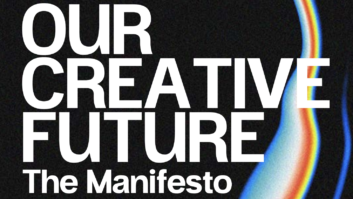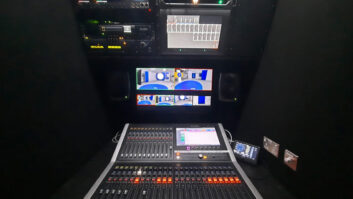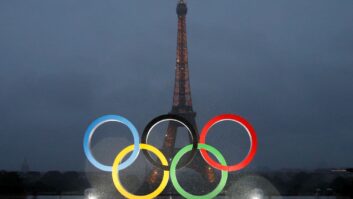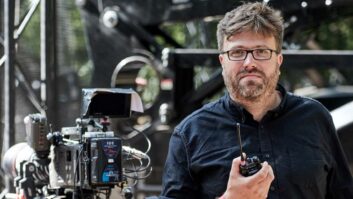
One of the biggest mistakes that media companies make is to consider social media as a single platform, with a common audience. While many are only just coming to terms with Twitter and Facebook, and mastering the dark art of engaging with audiences in a world of likes and retweets, the real battleground has already shifted to Snapchat.
This app, first launched in 2011, has rapidly evolved from a messaging service to a true media platform, with major brands and networks fighting for access to Snapchat’s 100 million daily users. When its parent company rebranded as Snap Inc in September, the announcement signified a hard shift away from ‘chat’. Following its $30 billion IPO, and with a move into the wearable technology market with its connected Spectacles sunglasses, this is the perfect case study of a start-up’s journey from single app product to media ubiquity. Snapchat now rivals Facebook for video views, and has even surpassed it in some months.
While both the social media giants post similarly impressive user numbers, there are crucial differences. There is a generational divide here as well as a technical one. While the consumer habits of millennials – those born in the mid to late 80s who came of age at the turn of the century – have been obsessively analysed, very little has been said about those coming up behind them. This is the generation raised in a world where broadband internet, smartphones and streaming media are the norm, not a new development.
This new generation of under 25-year-olds, which does not yet have a cute media-approved nickname, is unlikely to be found on Facebook. That’s where their parents post family photos and share outdated image memes. There is permanence to this old style of social media that goes against the grain for today’s youth. The self-absorption of the constant selfies, the endless documenting of daily life, the endlessly scrolling timelines are a turn-off for them.
As we discuss in our recently launched Digital Landscape Report 2017, Snapchat is the opposite of that, with its time-limited content that is designed to be consumed and then erased. Being active on Snapchat actually means being active – paying attention to what is presented, as it is posted, because it won’t be there the following day. Compared to the infinite wall of content that the likes of Facebook throw at their users, Snapchat rewards brevity and focus.
This naturally impacts the sort of content that thrives on each platform. The Snapchat generation has grown up with the phone and tablet as its primary screen, and is therefore used to the world being presented in a vertical portrait style. Great swathes of the media industry are still fixated on the former, but may find their content falling out of favour as the latter comes to dominate the market.
Those who have engaged with this new audience on its home turf have reaped the benefits. Indeed, one of the great ironies of this new shift is that Snapchat’s ephemeral nature means that it is swimming against the on-demand tide in many ways.
This need for responsiveness is echoed in the shows that have taken off on Snapchat. MTV UK’s Show Us Ur Phone offers a mix of live street game show and social media, ideal for both Snapchat’s platform and audience. This “as it happens” aspect is often key. ABC’s twice-weekly Watch Party: The Bachelor features fans discussing the latest episodes alongside clips, while chat show host Jimmy Fallon and sketch show Saturday Night Live have both begun offering exclusive skits on Snapchat. With a multi-year content deal in place between Snap Inc and NBC, there is certainly time to explore what works – even if users already know what they want.
Snapchat’s appeal isn’t limited to entertainment either. Snapchat’s own Good Luck America brings daily news and politics, the NFL has its own Snapchat coverage and the BBC created six special Planet Earth II episodes for the platform.
One thing is for sure, this process is not going to be reversed. Facebook and Twitter have built up considerable market dominance over the last decade, but if there is one lesson that everyone should learn from the turbulent world of social media, it’s that when brands die off in digital, they do so incredibly quickly and rarely stage a comeback. Just consider how fast MySpace went from ubiquity to obscurity. Already, the financial and tech press are busy anointing a fresh batch of startups as ‘the new Snapchat’.
Snapchat’s spotlight is burning brightly now, but it will dim. Every day somebody in their 40s drifts away from Facebook or Twitter, while a teenager downloads Snapchat for the first time. These are the new audiences who will dictate the next ten years of content. We should be learning their habits now – and prepare to respond to whatever comes next.
This article features extracts from K7 Media’s Digital Landscape Report 2017. Click here for a full copy.
By Dan Whitehead, head of drama and digital, K7 Media







